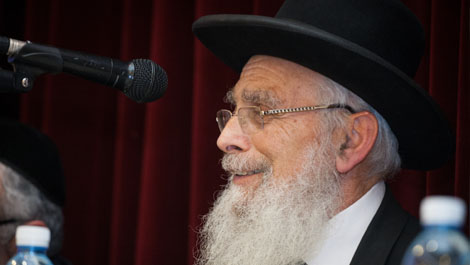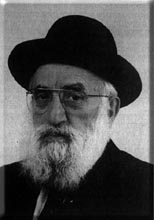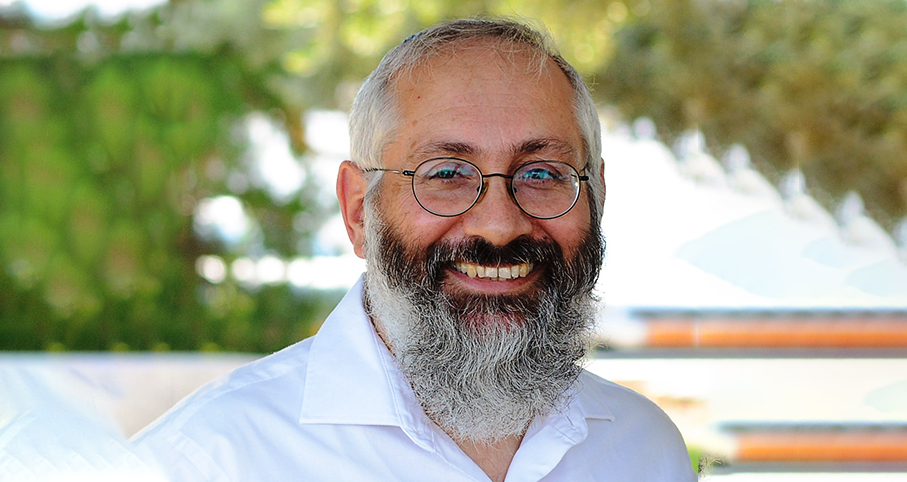Beit Midrash
- Sections
- Chemdat Yamim
- Bemare Habazak - Rabbis Questions
- Shabbat and Holidays
- Rosh Hashana
- Shofar Blowing
Answer: [We invite people to look at our website (Eretz Hemda) for our recommendation, based on professionals, for blowing shofar in shul. Presently we urge: only 30 kolot done outdoors (100 kolot for an outdoor minyan), with a mask held down by a rubber band to the opening of the shofar. This may be changed based on updated scientific findings.]
The basic mitzva of shofar blowing is independent of tefilla and minyan and is fulfilled with 30 kolot (Shulchan Aruch, Orach Chayim 590:1-2). Chazal added another element, with additional kolot, and connected it to Mussaf of Rosh Hashana, i.e., malchuyot, zichronot, and shofarot (Rosh Hashana 34b).

Bemare Habazak - Rabbis Questions (628)
Rabbi Daniel Mann
409 - Backing Out of a Pledge to a Jewish School
410 - 100 Blasts for the Homebound
411 - Corona Policies and Clarifications for Yom Kippur
Load More
Is there a point of doing more than 30 at a different time? The Chazon Ish (OC 137:4) suggests two possible ways to view the tekiot during tefilla – it is a mitzva of shofar, enhanced by the tefilla; the shofar is a means to enhance the public tefilla. He suggests that the sign of which side is correct is whether it is permitted to talk between the beracha and the later tekiot – if it is forbidden, it is a sign that the Rabbinic requirement is related to the mitzva of shofar, rather than to that of tefilla. However, he argues that even if it is a mitzva of shofar, this element was only instituted in connection to a public tefilla and does not apply to those who did not take part in it.
As you alluded to, the clear minhag is that those who are excused from being in shul due to illness or taking care of children hear only 30 kolot. One can argue we do not want to impose on the one doing the chesed of blowing to do 100 each time (a daunting task, especially considering how small the pool of candidates is) or expect too much of the sick and elderly, or factor in the exemption from shofar regarding women. If you are happy blowing more, after davening, perhaps there is only possible gain?
Note that the "more is not the merrier" regarding tekiat shofar. The Rama (OC 596:2) says that one must not blow after fulfilling the mitzva for no good reason. In Living the Halachic Process (V, D-1) we discussed the two main objections: it is under the prohibition of musical instruments on Shabbat/Yom Tov; it may be problematic adding on to a mitzva (bal tosif). Is there enough reason here to blow more?
Piskei Teshuvot (592:3) claims that the desire to have 100 kolot, an old minhag (found in the Aruch, Tosafot (Rosh Hashana 33b), and championed by Kabbalists (see Shelah, quoted by Mishna Berura 596:2) justifies it. However, he does not cite sources regarding our case. It is likely that 100 kolot were instituted for the tzibbur, who are anyway obligated in 60-90 kolot. Therefore, we would not recommend for you to blow any more than an extra set of tashrats to fulfill the main doubt left after 30 kolot (one or two breaths – see Shulchan Aruch, OC 590:4). If it is important for you to do more, we are not saying it is forbidden. This year, in many communities, with extra (outdoor) minyanim, people will be able to hear 100 kolot from their balconies or on the street, at a safe distance from others.

Ask the Rabbi: Mincha after Sunset
Rabbi Daniel Mann | Cheshvan 5786

Ask the Rabbi: Rubbing Cream on Someone who Accepted Shabbat
Rabbi Daniel Mann | Cheshvan 5786

Ask the Rabbi: Kohen Who Has Trouble Standing
Rabbi Daniel Mann | Cheshvan 5786

Ask the Rabbi: Drawer with Aluminum Foil Roll
Rabbi Daniel Mann | Cheshvan 5786

Rabbi Daniel Mann

A Mourner Serving as Chatan Torah
5775

Washing Hands with Soap on Yom Kippur
Tishrei 4 5776

Obtaining Arba’ah Minim for the Sukkot after Shemitta
Tisheri 7 5776






















